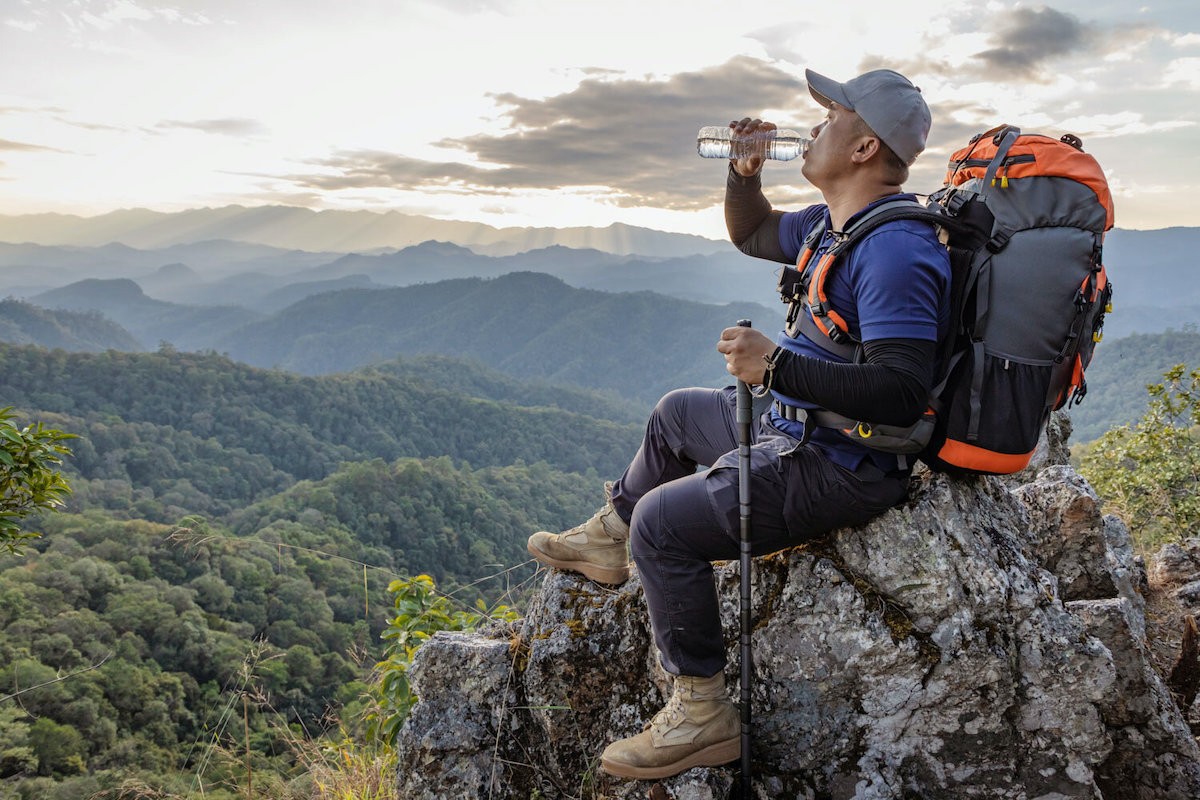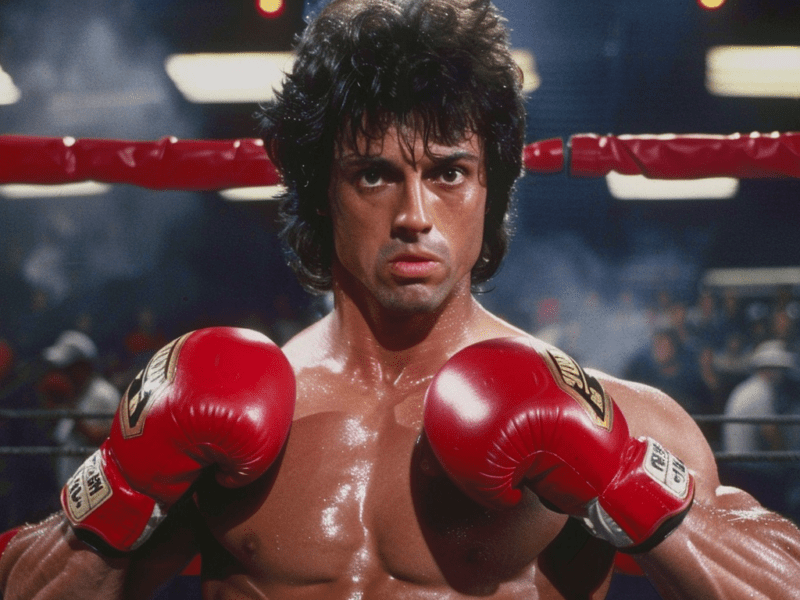
Top 8 Things to Plan Before Going on a Hike
Refreshing breeze whisps across your face as you look across the stunning landscape before you. With trees surrounding you and fertile soil beneath your feet, you find yourself reaping the rewards of a long hike. Hiking is something people all across the world enjoy. You’ve thought of going on a hike for a long time, but you are worried about all the things you have to plan. You don’t know where to start and you can’t wait any longer. Well, the wait is over. Here are the top 8 things to plan when going on a hike.

Shoes
Shoes are very important to your hiking experience. For any hike, bring closed toes shoes that you wouldn’t mind getting dirty. Any kind of sneaker, tennis shoe or hiking boot would be a good choice. If your trip is scheduled on or after a day with precipitation, make sure to wear waterproof or water-resistant shoes. Ensure the shoes have good tread without excessive wear and tear. The shoe tread creates stability, which is essential to your safety in rocky or icy areas. You may also choose to include on your hiking gear things like knee braces, a water bottle, sunglasses, and a compass.
Weather
Hiking, as an outdoor event, is an activity strongly affected by the weather. When you’re planning a hike, look at the weather first and schedule your expedition during proper conditions. Hiking in the rain can get your feet and the rest of your body wet, which can cause sickness and foot sores. Snow can increase the chance of slipping and you want to be as safe as possible. So, try to pick a day that is precipitation free. Temperature is also a very important thing to consider when planning your hike. If it’s too hot, you can get exhausted and become dehydrated because of increased sweating. Cold temperatures make it harder to move your muscles and cause discomfort in your breathing. Therefore, try to plan your adventure on a day with ideal temperatures between 55 and 65 degrees Fahrenheit. However, the weather is very unpredictable so don’t expect to find a perfect day to go on a hike. Don’t let this put a stop to your fun! If you prepare properly, you can hike in many different kinds of weather. Some of the things on this list can help you be prepared for any weather, so take note of them.

Clothing
Proper clothing helps you be the most comfortable and safe in different weather conditions. For warmer temperatures, you may choose to wear shorter-sleeved shirts and shorts. However, a lot of trails have thick briars, itchy plants, and bugs. Consider bringing longer pants or pants with removable bottom portions in case you come across such issues. Also, pick shirts and socks made of breathable materials like cotton or polyester. However, cotton will absorb and keep your sweat, which can cause sickness in colder weather. For chillier conditions, choose clothes made of wool, synthetic blends, and polyester. Dress in layers for colder temperatures and always bring an extra pair of socks when there is a chance of your feet getting wet.
Route
Considering your route and trail ahead of time is essential to a safe hiking trip. Read as many travel guides and research tracks to find the one that fits your desired difficulty. Then, pack a map so you can find your way along the hiking trail. Before embarking, look at the length of the trail and estimate the time it will take to finish it. Make sure to begin early enough so that you will not be hiking in the dark. Hiking at night can be dangerous and increase the chances of getting lost.

Safety Plans and Emergency Gear
The great outdoors is a box of surprises, so it’s important to make plans and pack items to account for the unexpected. Before embarking on a hiking adventure, let someone know where you are going and when you plan to return. This will give you an accountability partner who can call for help if something prevents you from returning home on time. Always pack a small first aid kit, light rope, flashlight, and a compact emergency signaling device (like a whistle or reflective light). First aid kits should contain bandages, antiseptic wipes, and other items. If you are comfortable, consider packing a pocket knife for defense and as a multipurpose tool.
Your Physical Capabilities and Limits
Make sure to think of both your strengths and weaknesses when planning a hiking trip. Only you can evaluate your abilities, so know your limits. Consider the fact that overexerting yourself can cause injuries before choosing a trail. Beginner hikers, physically inactive people, and those with certain injuries or conditions may want to choose an easier trail. People with injuries or health conditions affecting the legs and feet can use devices to assist them on their hike. You can use knee braces, compression socks, ankle braces, or other items to account for your physical difficulties.

Food and Water
Hiking is an exerting activity that requires you to keep your energy up. Therefore, be certain to pack the water and snacks that you will need. The average person needs at least 16 ounces of water for every hour they walk, so measure your water before you start your trip. In addition, hiking burns a lot of calories. Pack several snacks that are high in carbohydrates and healthy fat. Foods like this create quick energy that can sustain you throughout your adventure. If you are going on a day-long hike, plan an easy-to-pack meal so you can keep your strength up. When a body lacks nutrition and fluids, it becomes weak and more susceptible to injury. Maintaining energy and health during a hike is very important to your saftey.
Pack Weight
Hiking can be a physically difficult activity, so the lighter your pack the better. While its important to pack everything on this list, don’t pack more than you need. Pack the just survival essentials rather than, for example, packing entertainment devices. Only pack as much food and equipment as you will need for the trip. As you’re deciding what to pack, ask yourself “Do I really need this?” You will have to discover a healthy balance between being prepared and packing light. Always think carefully about what you pack before a hiking trip so can get the best experience from your adventure.
Hiking is an exciting outdoor activity. When done right, it creates memories and raises peoples’ spirits. Planning your trip is the first step to a life of wonderful hiking adventures. Happy hiking!







